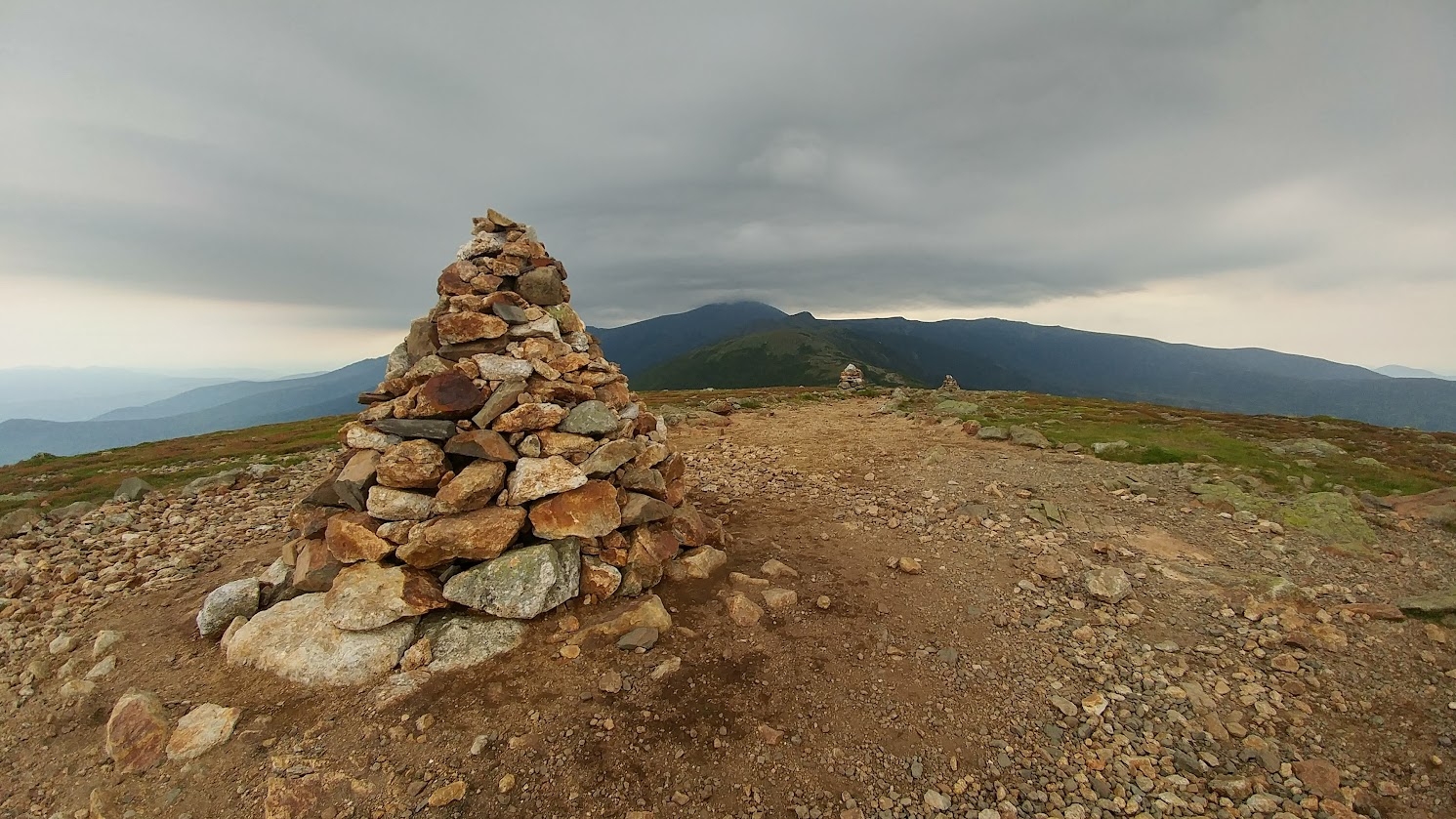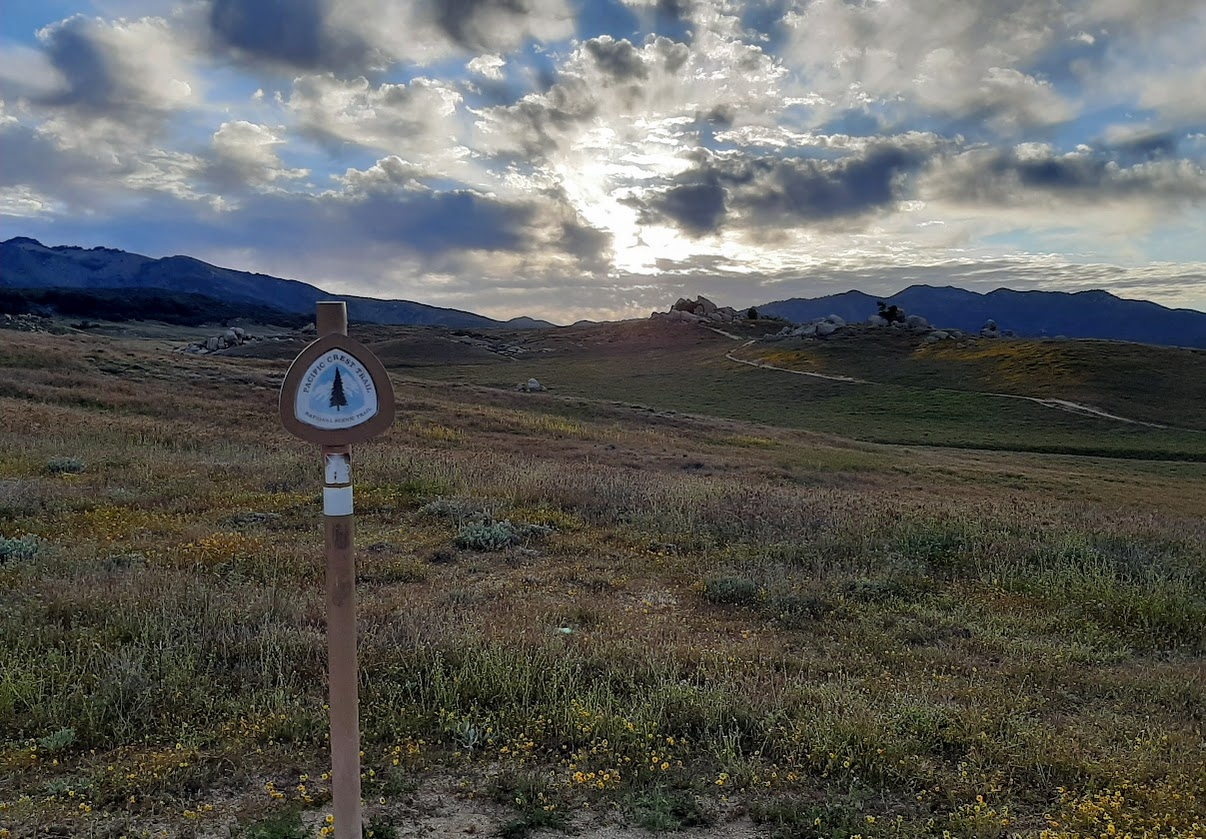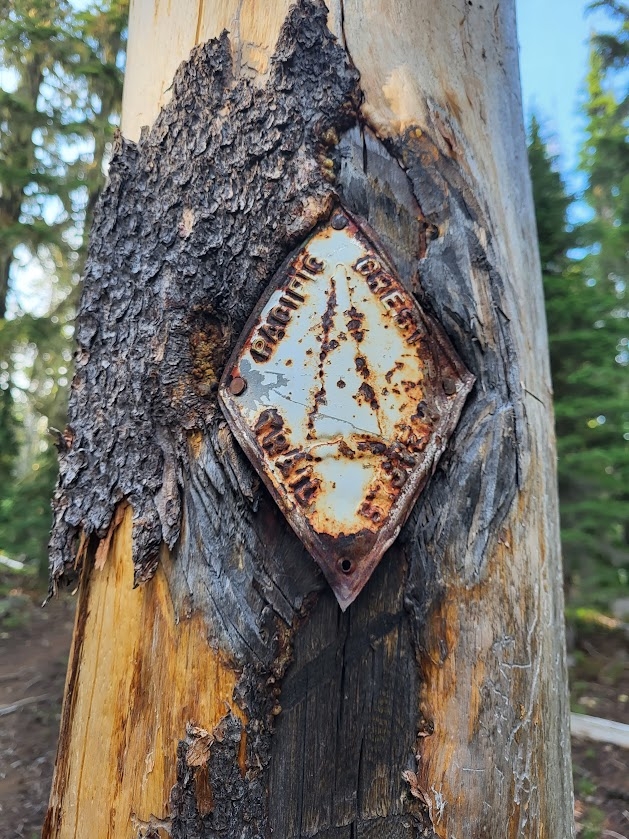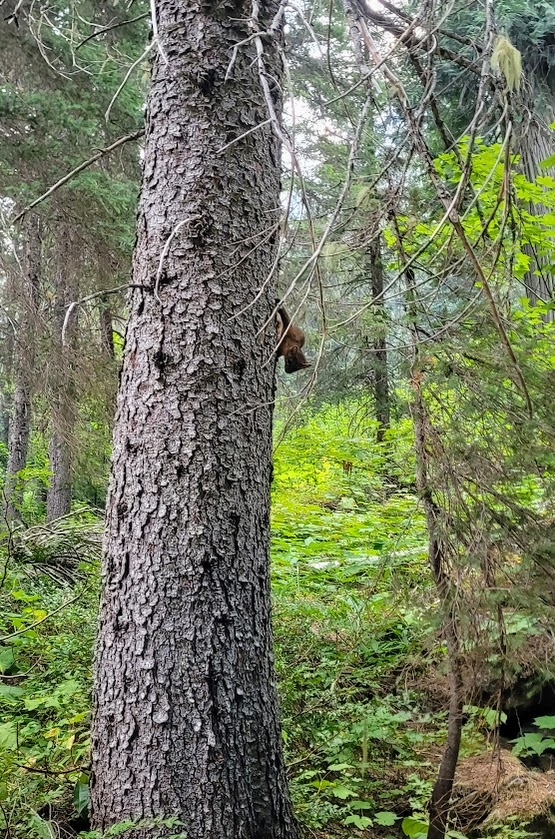How To Read Blazes and Other Trail Markers
Getting lost in the great outdoors—even for a short time—can really kill the vibe. One moment you’re in your groove, and the next, you’re standing in the middle of the trail, trying to recall the last time you saw a trail marker. You can’t remember. Conveniently though, you can remember a handful of scary movie plots in which the characters found themselves in situations much like the one you’re in now…
Before your thoughts spiral any further, you take a deep breath and remember that you have a map, the FarOut App, and the sense to retrace your steps. Sure enough, just a few minutes later, you arrive back at a signed trail junction which clearly indicates that you should’ve made a right turn—whoops.
Even on a well-maintained trail, navigation isn’t always straightforward. And if the path is obscured by snow, dead leaves, overgrown brush, etc., trail markers are essential to keep you on the right track. Knowing how to read trail markers like blazes, cairns, and signposts will help you stay found.
Oh, the Places You’ll Go!
We all get turned around sometimes—and more often than not, it’s because of our own doing. Thankfully though, we’re usually pretty good at finding our way again. As with the scenario above, we can retrace our steps until we spot a recognizable landmark, e.g., a nicely signed junction or a painted blaze on a tree.
Admittedly, it also helps to know what trail markers look like. These markers—commonly referred to as blazes—come in all shapes, sizes, and colors. We’ll discuss how to read some of the most common types of trail markers below.
How To Read Different Types of Trail Markers
Posts
First up are posts, which often come with a sign and/or marker attached. Posts can really come in handy when other materials, such as stones or trees, aren’t around.
Signs that indicate the distance to various waypoints in either direction are especially useful, but take the mileages with a grain of salt: some trails (like the AT) are rerouted so frequently that the indicated distance may not be accurate anymore.
Blazes

Photo via Elise Mann.
Ah, yes—the infamous two-inch by six-inch strip of white paint. The Appalachian Trail is famous for its white blazes, but other trails use blazes in different colors. What matters is that the same color is used consistently for the entire trail. This helps us distinguish one trail from another, especially at trail junctions.
Blazes are normally painted on trees but may also appear on rock slabs or, in the case of the AT, on lampposts and the sides of underpasses when the trail leads through more populated areas.
When hiking, pay attention to the appearance of the blazes and remember to look up every few minutes to make sure you’re still on the correct path. If you don’t see any blazes in front of you, check behind: blazes are normally painted on both sides of the tree to accommodate hikers going in either direction.
Note: Painted blazes can be combined in several different patterns, each meaning something different. More on that later.
Cairns

Knowing how to read trail markers above treeline is as simple as getting a line of sight from one cairn to the next.
Aka a pile of rocks. Cairns are typically found above treeline and/or areas with little to no vegetation. They’re the easiest way to mark a trail in areas where rocks are abundant, but trees to paint blazes on and soil to sink posts into are both in short supply. On boulder fields where no dirt footpath is evident, a hiker might have to navigate from one cairn to the other, pausing at each cairn to scout out the next one.
Cairns might be six feet tall in areas with frequent fog and deep snowpack in winter, or they might be six inches tall in areas with good visibility that don’t see snow; trail builders determine the size necessary for the cairns to be easily visible.
Note: We know it’s tempting to add rocks to existing cairns or make new ones altogether, but please refrain from doing so. You likely have good intentions, but adding on more signage disturbs the environment and can be confusing and potentially misleading.
Affixed Markers
With these types of blazes, metal, plastic, or wooden markers are nailed directly to the tree. These markers can also be affixed to posts. They’re common on western trails like the PCT, CDT, and Colorado Trail.
Flagging Tape
Tape is typically only used as a temporary trail marker while the path is being re-routed or worked on in some way. You might come across it while navigating through deadfall or walking through a burn scar, for instance.

Photo via Green Mountain Club.
Carved Blazes / Signs
In the olden days, people marked trails by carving symbols or words into the bark of trees. Some trails, like the Colorado Trail, still have trees that bear the scars of old-fashioned carved blazes. This practice has largely fallen by the wayside in favor of lower-impact markers like painted blazes or affixed markers.
However, trail maintainers sometimes cut the trail’s symbol or a mileage/elevation marker into a fresh stump after clearing deadfall with a chainsaw.
How to Read Paint Blazes
Clustered paint blazes often indicate turns, junctures, and more. This is a common practice on the Appalachian Trail in particular. Thankfully, the combinations are all fairly straightforward.
If you see a multi-blaze pattern painted on a tree on the Appalachian Trail, it means a decision of some kind is coming up.
Single Blaze
A single blaze on the Appalachian Trail means the trail proceeds more or less straight ahead. Keep on keeping on.
Double Blaze
One blaze stacked atop another indicates a turn in the trail.
If the top blaze is offset to the right, it indicates that you should turn right. Meanwhile, if the top blaze is offset to the left, it indicates that you should turn left.
If the blazes are stacked directly atop one another with no offset, it means a turn is coming up, and you have to figure out in which direction. It’s really up to each trail organization/club as to whether they use an offset in their turning blazes. Basically, make sure to pay a little extra attention if you see more than one rectangle.
Triple Blaze
Less common, but triple blazes indicate either a trailhead or an intersection coming up. The three triple blaze patterns are illustrated in the graphic above.
Three rectangles arranged with the singleton to one side indicate that there’s an intersection ahead. Pay close attention so you don’t accidentally take off down the wrong trail!
Three rectangles with the singleton on top indicate that the trail is starting. You can remember what this pattern means by visualizing it as an arrow pointing up. If, instead, the arrow is pointing down, that means the trail is ending.
Note: Not All Trails Use Turning Blazes
Not all trails use the above blaze patterns: many smaller trails just use individual rectangles to mark the way and don’t indicate turns or intersections. It’s up to you to continue following the correct blazes when the trail turns or branches.
Likewise, small trail networks may use multi-rectangle blazes as another way to distinguish one trail from the other in addition to the color of the paint. A trail could be marked by two orange blazes stacked on top of each other, for instance. If every marker you pass looks like that, that pattern is probably just the trail’s chosen symbol rather than an indicator of a directional change.
Signing Off
Getting lost is scary. Fortunately, though, we can take measures—like knowing how to read trail markers—to avoid getting turned around in the first place. It’s always a good idea to pay attention to our surroundings. Besides, you never know what cool sights you’re missing if you keep your eyes on your feet the whole time!
Subscribe to The Trek’s newsletter to stay up-to-date on all things hiking-related.
This website contains affiliate links, which means The Trek may receive a percentage of any product or service you purchase using the links in the articles or advertisements. The buyer pays the same price as they would otherwise, and your purchase helps to support The Trek's ongoing goal to serve you quality backpacking advice and information. Thanks for your support!
To learn more, please visit the About This Site page.

 ">
">










Comments 2
Just coming off Roan High Knob today and the blazes were Wack. Good thing it was pretty clear where the trail went!